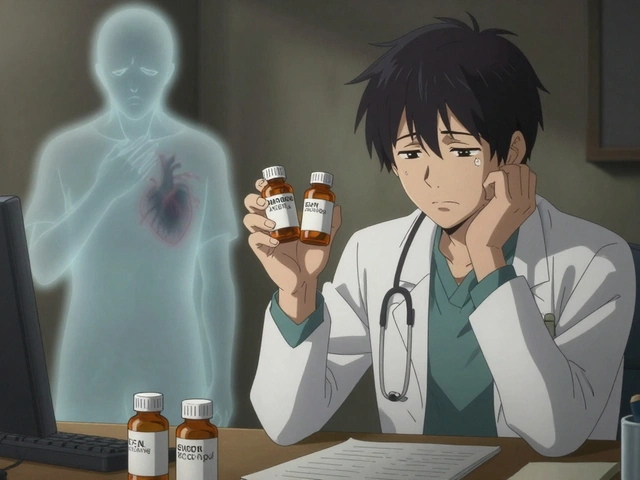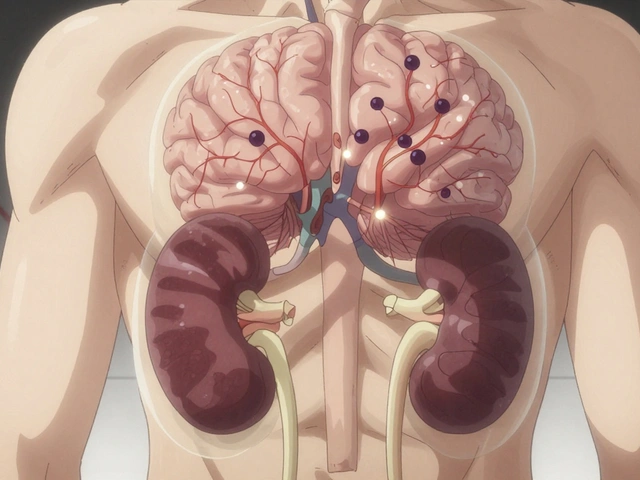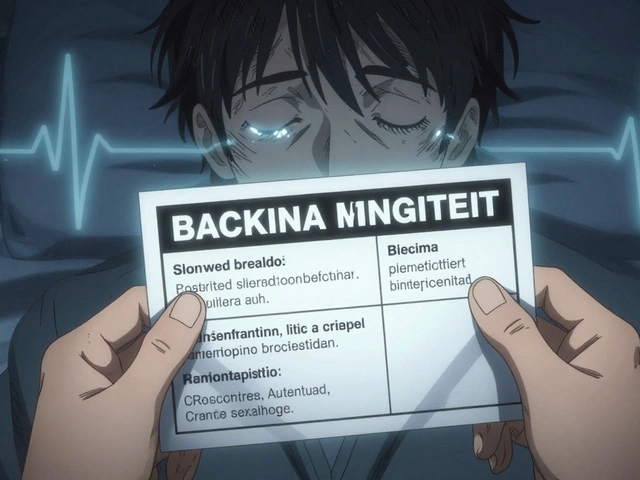Blood Pressure SGLT2 Inhibitors: How They Work and What You Need to Know
When you hear SGLT2 inhibitors, a class of medications originally developed for type 2 diabetes that also lower blood pressure and reduce heart and kidney risks. Also known as gliflozins, they work by making your kidneys flush out extra sugar through urine—not by blocking hormones or relaxing blood vessels like older drugs. That simple trick does more than just lower blood sugar. It pulls out excess sodium and water too, which quietly reduces blood pressure without making you dizzy or dehydrated. This is why doctors now prescribe them for people with high blood pressure, even if they don’t have diabetes.
These drugs don’t just treat symptoms—they change outcomes. Studies show people taking SGLT2 inhibitors have fewer heart attacks, less hospitalization for heart failure, and slower kidney decline. That’s not a side effect. That’s the point. If you’re on blood pressure meds and also have type 2 diabetes, heart trouble, or early kidney damage, this class of drug might be the missing piece. Common ones include dapagliflozin, empagliflozin, and canagliflozin. They’re not magic, but they’re among the few blood pressure drugs that actually protect your organs long-term.
But they’re not for everyone. If you’re dehydrated, have kidney disease in advanced stages, or get frequent urinary infections, these drugs can make things worse. They also raise the risk of genital yeast infections—especially in women—because sugar in urine feeds yeast. Still, for millions, the benefits far outweigh the risks. And unlike some blood pressure pills that make you tired or cause coughs, SGLT2 inhibitors often leave people feeling more energetic. Why? Because your body isn’t fighting high sugar, high pressure, or fluid overload anymore.
You’ll find posts here that dig into how these drugs interact with other medications—like diuretics or ACE inhibitors—and why mixing them can be risky or powerful. Others explain how to spot early signs of side effects, what to do if your glucose drops too low, and how to tell if your kidneys are responding. There’s even a comparison between Zestoretic and SGLT2 inhibitors, showing how different approaches stack up. You’ll see real-world advice from people managing both high blood pressure and diabetes, and how these pills changed their daily lives—not just their lab numbers.
What you won’t find here is fluff. No vague claims about "natural healing" or "miracle cures." Just clear, practical info on how SGLT2 inhibitors fit into real treatment plans, what to watch for, and when to talk to your doctor about switching or adding one. If you’re trying to get your blood pressure under control without piling on more pills—or if you’re worried about your heart or kidneys—this collection gives you the facts you need to ask the right questions.

SGLT2 Inhibitor Side Effects: Dehydration, Dizziness, and Blood Pressure Changes Explained
SGLT2 inhibitors help lower blood sugar and protect the heart and kidneys, but they can cause dehydration, dizziness, and low blood pressure. Learn how these side effects happen, who’s at risk, and how to manage them safely.
Continue Reading



